The G7 group of rich nations has agreed on plans to set up an alternative to China’s Belt and Road Initiative as part of a broad push back against Beijing covering human rights, supply chains, support for Taiwan and demands to reveal more about the origins of the COVID-19 pandemic.
However, some G7 leaders, including Italian Prime Minister Mario Draghi, the current chair of the G20, have urged US President Joe Biden not to push competition with China to the extent that it prevents cooperation on other vital issues such as the climate crisis.
The EU is also pressing the US to back a legally binding code of conduct for the South China Sea that Beijing has been negotiating with regional powers.
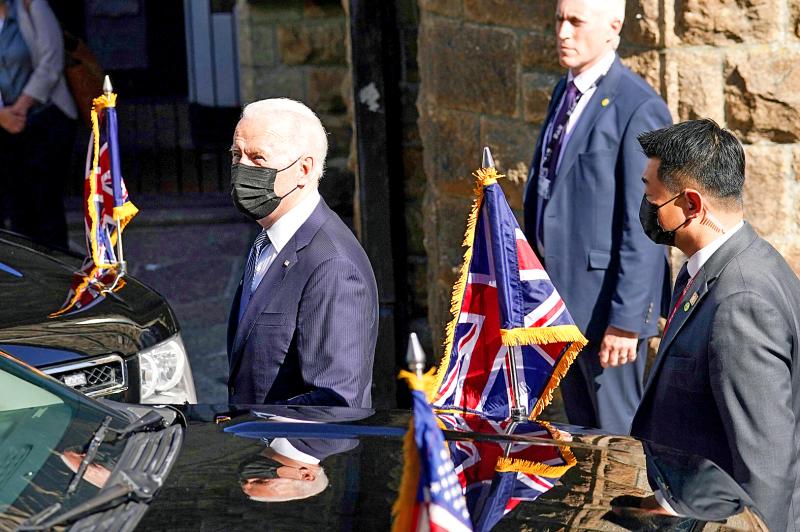
Photo: Reuters
According to an almost finalized version of the G7 summit communique, the G7 leaders called on China to respect human rights in the Xinjiang region and allow Hong Kong a high degree of autonomy.
“We will promote our values, including by calling on China to respect human rights and fundamental freedoms, especially in relation to Xinjiang and those rights, freedoms and high degree of autonomy for Hong Kong enshrined in the Sino-British Joint Declaration and the Basic Law,” the G7 said.
The G7 underscored “the importance of peace and stability across the Taiwan Strait, and encourage the peaceful resolution of cross-Strait issues.”
“We remain seriously concerned about the situation in the East and South China Seas and strongly oppose any unilateral attempts to change the status quo and increase tensions,” it said.
US officials said that Biden had been pushing the other G7 leaders for “concrete action on forced labor” in China and to include criticism of Beijing in the final communique.
Japan said that it backed mention of Taiwan in the final statement.
“This is not just about confronting or taking on China, but until now we haven’t offered a positive alternative that reflects our values, our standards and our way of doing business,” a US official said.
The official said the Build Back Better World would be “an ambitious new global infrastructure initiative with our G7 partners” that would not only be an alternative to China’s Belt and Road Initiative.
Biden and Japanese Prime Minister Yoshihide Suga on Saturday discussed the Taiwan Strait, among other global challenges, on the sidelines of the G7 summit.
“President Joseph R. Biden, Jr. spoke today with Prime Minister Suga Yoshihide of Japan at the G7 to discuss shared challenges in the Indo-Pacific and the world,” said a press readout published on Saturday by the White House on its Web site.
These include “COVID-19, climate change, North Korea, China, and preserving peace and stability across the Taiwan Strait,” the White House said.
It added that Biden affirmed his support for strengthening the US-Japan alliance, extending cooperation to new areas like the B3W initiative and reinforcing shared ties with other allies and partners.
Suga on Saturday also expressed his support for Taiwan’s bid to participate in the World Health Assembly as an observer, a Nikkei report said yesterday.
Suga said that the world should not leave any “geographical vacuums” in addressing health issues such as infectious disease control, the report said.
The Ministry of Foreign Affairs said in a statement that Suga’s statement highlights the need for Taiwan’s participation in the WHO.
The ministry thanked Japan for its vaccine donation earlier in the month and lauded it as an “important partner and precious friend.”
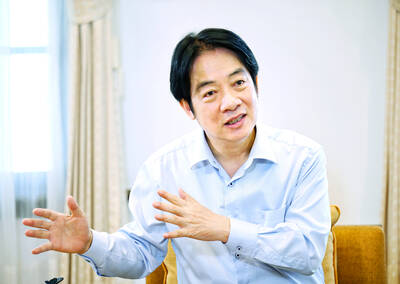
GLOBAL ISSUE: If China annexes Taiwan, ‘it will not stop its expansion there, as it only becomes stronger and has more force to expand further,’ the president said China’s military and diplomatic expansion is not a sole issue for Taiwan, but one that risks world peace, President William Lai (賴清德) said yesterday, adding that Taiwan would stand with the alliance of democratic countries to preserve peace through deterrence. Lai made the remark in an exclusive interview with the Chinese-language Liberty Times (sister paper of the Taipei Times). “China is strategically pushing forward to change the international order,” Lai said, adding that China established the Asia Infrastructure Investment Bank, launched the Belt and Road Initiative, and pushed for yuan internationalization, because it wants to replace the democratic rules-based international
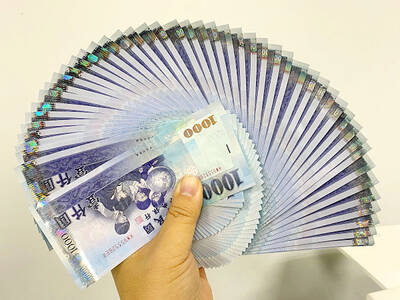
ECONOMIC BOOST: Should the more than 23 million people eligible for the NT$10,000 handouts spend them the same way as in 2023, GDP could rise 0.5 percent, an official said Universal cash handouts of NT$10,000 (US$330) are to be disbursed late next month at the earliest — including to permanent residents and foreign residents married to Taiwanese — pending legislative approval, the Ministry of Finance said yesterday. The Executive Yuan yesterday approved the Special Act for Strengthening Economic, Social and National Security Resilience in Response to International Circumstances (因應國際情勢強化經濟社會及民生國安韌性特別條例). The NT$550 billion special budget includes NT$236 billion for the cash handouts, plus an additional NT$20 billion set aside as reserve funds, expected to be used to support industries. Handouts might begin one month after the bill is promulgated and would be completed within
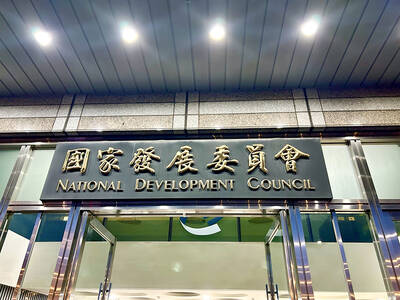
The National Development Council (NDC) yesterday unveiled details of new regulations that ease restrictions on foreigners working or living in Taiwan, as part of a bid to attract skilled workers from abroad. The regulations, which could go into effect in the first quarter of next year, stem from amendments to the Act for the Recruitment and Employment of Foreign Professionals (外國專業人才延攬及僱用法) passed by lawmakers on Aug. 29. Students categorized as “overseas compatriots” would be allowed to stay and work in Taiwan in the two years after their graduation without obtaining additional permits, doing away with the evaluation process that is currently required,
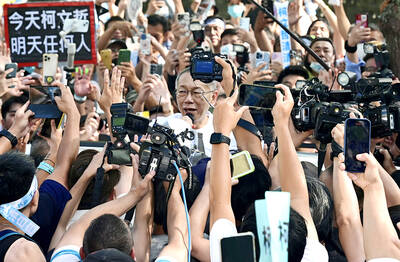
RELEASED: Ko emerged from a courthouse before about 700 supporters, describing his year in custody as a period of ‘suffering’ and vowed to ‘not surrender’ Former Taiwan People’s Party (TPP) chairman Ko Wen-je (柯文哲) was released on NT$70 million (US$2.29 million) bail yesterday, bringing an end to his year-long incommunicado detention as he awaits trial on corruption charges. Under the conditions set by the Taipei District Court on Friday, Ko must remain at a registered address, wear a GPS-enabled ankle monitor and is prohibited from leaving the country. He is also barred from contacting codefendants or witnesses. After Ko’s wife, Peggy Chen (陳佩琪), posted bail, Ko was transported from the Taipei Detention Center to the Taipei District Court at 12:20pm, where he was fitted with the tracking